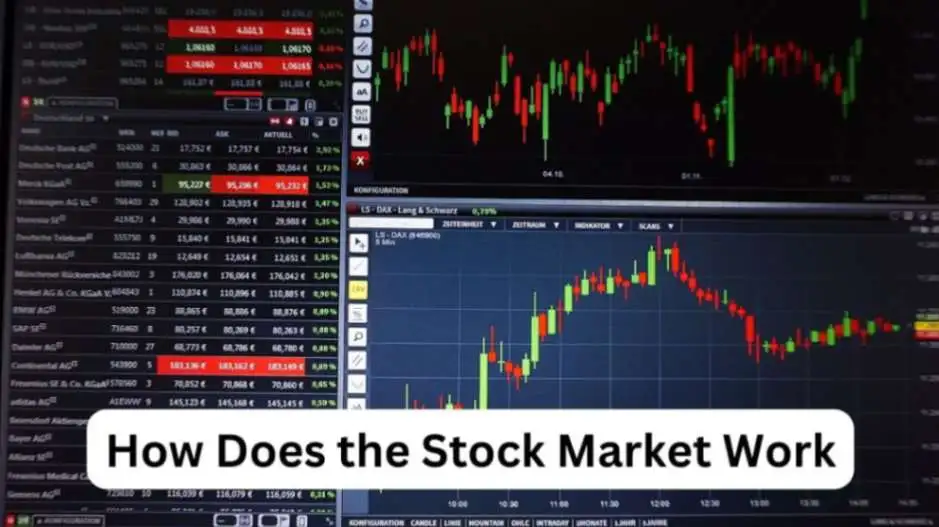Introduction
Understanding how the stock market works is essential for anyone looking to invest and grow their wealth. The stock market serves as a platform where buyers and sellers come together to trade shares of publicly listed companies. In this article, we will explore the intricate workings of the stock market, breaking down the processes involved and providing insights for both beginners and seasoned investors.
1. Basic Mechanism of Stock Markets
1.1 Listing and IPOs
Companies looking to go public initiate an Initial Public Offering (IPO). During an IPO, a company offers its shares to the public for the first time. Once listed, these shares become tradable on the stock exchange.
1.2 Exchanges and Trading
Stocks are bought and sold on stock exchanges, which are platforms that facilitate these transactions. Major stock exchanges include the New York Stock Exchange (NYSE) and the NASDAQ. Buyers place bids, indicating the price they are willing to pay, while sellers list their asking prices.
1.3 Market Participants
Key participants in the stock market include individual investors, institutional investors (such as mutual funds and pension funds), traders, and market makers. Market makers facilitate trades by buying and selling shares, ensuring liquidity.
2. Stock Prices and Valuation
2.1 Supply and Demand Dynamics
Stock prices are determined by the forces of supply and demand. If more investors want to buy a stock (demand) than sell it (supply), the price tends to rise. Conversely, if more want to sell than buy, the price falls.
2.2 Market Capitalization
Market capitalization, or market cap, is calculated by multiplying a company’s share price by its total number of outstanding shares. It represents the total value of a company’s outstanding shares and is a key metric for investors assessing a company’s size.
3. Market Indices
3.1 Benchmarking Performance
Market indices, such as the S&P 500 and Dow Jones Industrial Average, track the performance of a specific group of stocks. Investors often use these indices as benchmarks to evaluate the overall health of the stock market.
4. Market Orders and Types of Trades
4.1 Market Orders
Investors can place market orders, instructing brokers to buy or sell a stock at the current market price. These orders are executed immediately.
4.2 Limit Orders
Limit orders allow investors to specify the price at which they want to buy or sell. These orders are only executed if the market reaches the designated price.
5. Role of Brokers and Investment Platforms
5.1 Brokerage Firms
Investors typically engage with the stock market through brokerage firms, which act as intermediaries facilitating the buying and selling of stocks.
5.2 Online Trading Platforms
The rise of online platforms has made stock trading more accessible. Investors can now execute trades and monitor their portfolios through user-friendly interfaces.
Conclusion
In conclusion, the stock market operates as a dynamic marketplace where the forces of supply and demand determine stock prices. Understanding the basic mechanisms, valuation metrics, and the role of market participants is crucial for anyone looking to navigate and capitalize on the opportunities presented by the stock market. Whether you are a novice investor or an experienced trader, a solid grasp of how the stock market works is key to making informed and successful investment decisions.
